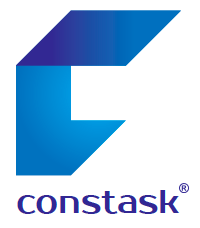Lean Construction concepts will compliment & accelerate the capability of organizations (Client, Contractor, Sub-Contractor, Vendor or Consultant) to better deliver the Construction Projects. It brings consistency in performance and also enhances the stakeholder satisfaction.
In present scenario, performing organizations easily win projects in the shadow of Brands & Collective wisdom of people, however during the project execution many struggle to maintain client expectations. The project delivery system seems broken & lacks transformation of Promises to Action. The early warnings, initial delays and challenges to achieve initial milestones are suppressed by the optimism and overconfidence in ‘firefightings’ & ‘Jugads’. Even if the projects are completed on time; the stress on the execution people, reduced life of constructed product (building or infrastructure) due to poor execution quality, frustration among end customers because of defects (snags), cost overrun and reduced/ no profit situations remain as a concern for all.
Lean Construction tools & techniques will support organizations to analyze current situation and facilitate them to overcome the project delivery challenges. This helps organizations to improve the Performance, Productivity & Profitability.

